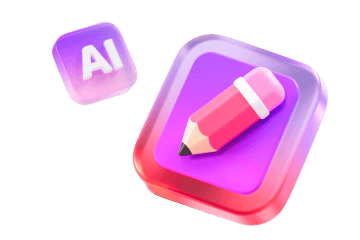Transforming 2D images into captivating 3D renderings in Adobe Illustrator can significantly enhance your design projects, making them more visually appealing. Whether your focus is on logos, product designs, or packaging, adding 3D effects can inject depth and dimension into your creations. By following a few straightforward steps, you can convert flat designs into breathtaking 3D visuals, considerable for applications like Homestyler, where such features are essential.
Exploring 3D Effects in Illustrator
Before embarking on the rendering process, it’s crucial to familiarize yourself with the various 3D effects that Illustrator offers. The platform provides multiple 3D tools, allowing you to explore a range of options including:
Each tool provides distinct capabilities for generating 3D effects, and understanding these will enable you to select the most appropriate one for your design project.
Comprehensive Guide to Creating 3D Renderings
To effectively turn a 2D image into a 3D rendering, follow these outlined steps:
Begin by importing your 2D image into Illustrator. For optimal clarity and detail in your 3D render, choose high-resolution images.
Select the image you’ve imported, ensuring it’s aligned and positioned correctly on your artboard to facilitate your design.
Navigate to the Effect menu at the top, then select 3D. Choose the suitable effect, be it Extrude & Bevel or Revolve, tailored to your design objectives.
A dialog box will appear that enables you to tweak various settings such as depth, angle, and lighting. Feel free to experiment with these options to create the desired 3D appearance.
Once content with your 3D rendering, proceed to Object > Expand Appearance to convert your 3D effect into editable vector shapes, ready for further refinement.
Enhancement Tips for Your 3D Renderings
Consider these additional tips to improve your 3D renderings:
FAQ
A: Certainly, 3D effects can also be applied to text in Illustrator using the method described above.
A: Yes, you can export your 3D designs in various formats such as PNG, JPG, or SVG, providing flexibility for diverse applications.
A: Although Illustrator boasts strong 3D capabilities, for intricate detail and realism, dedicated 3D software may offer superior results.
welcome to Your Premier Home Design Software






















































